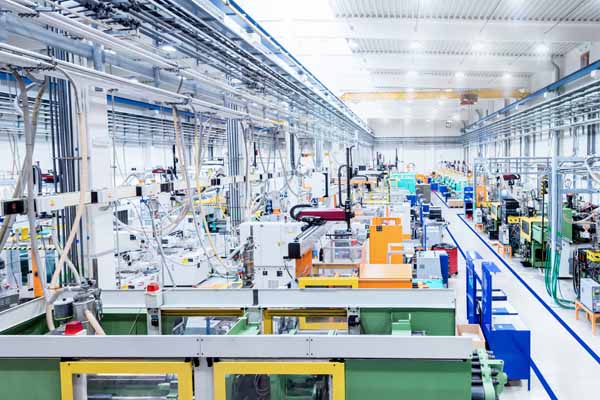Artificial Intelligence (AI) and Machine Learning (ML) are the most popular game-changing technologies in the current scenario. They are rapidly revolutionizing our lives and the world around us. Its impact can be seen across different sectors, especially in the manufacturing, medical, education, and technology-driven landscape, in unprecedented ways where there is no scope for errors or duplications.
According to a report by International Data Corporation, Indian companies are expected to spend $85 billion on digital transformation by 2026. They look to cut costs by boosting productivity, enhancing security and risk management, and improving customer experience. This data implies that as technology develops, an increasing number of organizations will spend money on new developments with the purpose to streamline their operations better.
(AI) and Machine Learning services are predicted to increase by roughly US$3.6 billion by 2026. It will grow at a CAGR of close to 40%, according to ABI research into the Internet of Things. Approximately 80% of businesses, according to a survey by Bain and Company, have at least one AI model in use. Further, demonstrating the widespread adoption of AI/ML within businesses.
AI and ML have changed the concept of work for every individual. These technologies are used for almost all business activities, right from manufacturing to production to delivery. Further, they also to gather data, analyze it, engage with customers, and hire new staff. Particularly when it comes to manufacturing, both of these technologies have made it simple to optimize resources, minimize waste, simplify inventory management, and monitor operations, making factories smarter.
Ways AI and ML are aiding factory manufacturing:
Predictive system maintenance:
Manufacturers are constantly looking for ways to improve operational effectiveness and save maintenance costs. A mix of artificial intelligence and machine learning is an excellent method for continuously monitoring equipment and producing predictive analyses. Additionally, it offers real-time monitoring of equipment health, enabling prompt maintenance and reducing downtime. Moreover, AI and ML have also made it possible to anticipate future failures and preserve a supply of replacement parts. Further, schedule timely expert visits. A McKinsey study found that AI-enhanced predictive maintenance of industrial equipment can result in 10% annual maintenance cost reductions. Further, it can result in up to 20% downtime reductions, and 25% reductions in inspection expenses. All of which have an immediate beneficial impact on firms’ bottom lines.
Accurate demand forecasting:
It is an undeniable fact that the development of (AI) and Machine Learning has made it simple to plan and forecast demand with a high degree of accuracy. Businesses can now predict their future demands and meet supply dates. Furthermore, it has improved planning and cooperation across various business departments, leading to more accurate forecasts. Also, it has now become manageable for manufacturers to respond to rapid changes in demand and supply chain interruptions. Apart from this, with AI and ML simplifying demand forecasting, inventory management has become easy for manufacturers, preventing over or under-stocking.
Effective supply chain management:
The management of supply chains has become extremely complicated, making AI and ML in manufacturing an essential tool for quickly procuring goods and delivering them to customers. According to McKinsey, systems based on AI and ML will cut expenses associated with transportation, warehousing, and supply chain administration by 5% to 10%, 25% to 40%, and 50%, respectively. Therefore, incorporating these cutting-edge technologies into cost management, strategic sourcing, and procurement functions will give manufacturers insights into streamlining operations and adapting to changing market conditions.
AI and ML- The new big thing
The emergence of technological revolutions, with AI and ML at the vanguard, has led manufacturers to shift to proactive rather than reactive approaches. Additionally, these technologies have given corporate leaders a greater understanding of how their firms operate, boosting revenue, cutting costs, and raising overall customer satisfaction.
According to McKinsey, by 2025, smart factories will produce $37 trillion in revenue. This data hints that machine learning and artificial intelligence will be the main growth drivers for enterprises through improved factory manufacturing processes, better demand forecasting, supply chain management, and predictive system maintenance.
About the author:

Er. Koneru Lakshman Havish is the Vice President at KL Deemed to be University.















